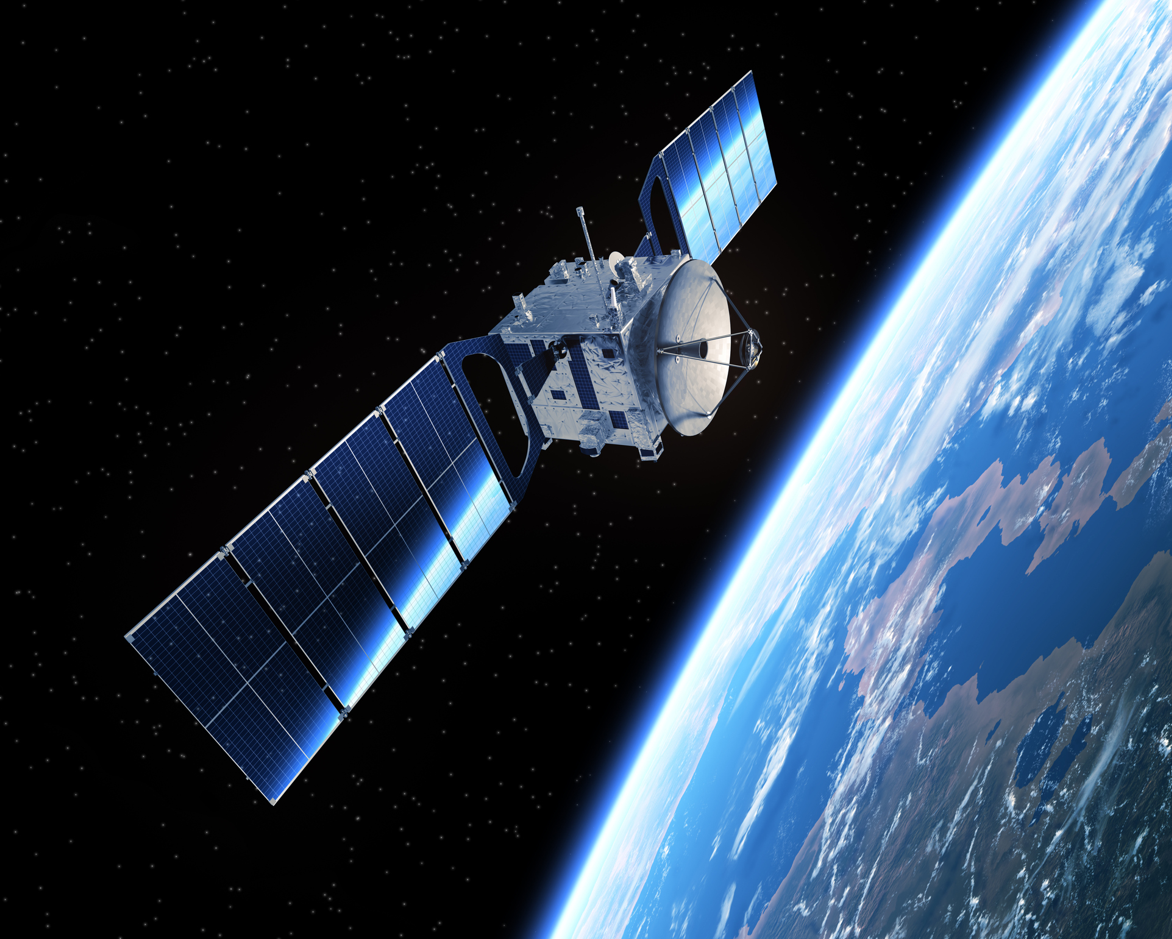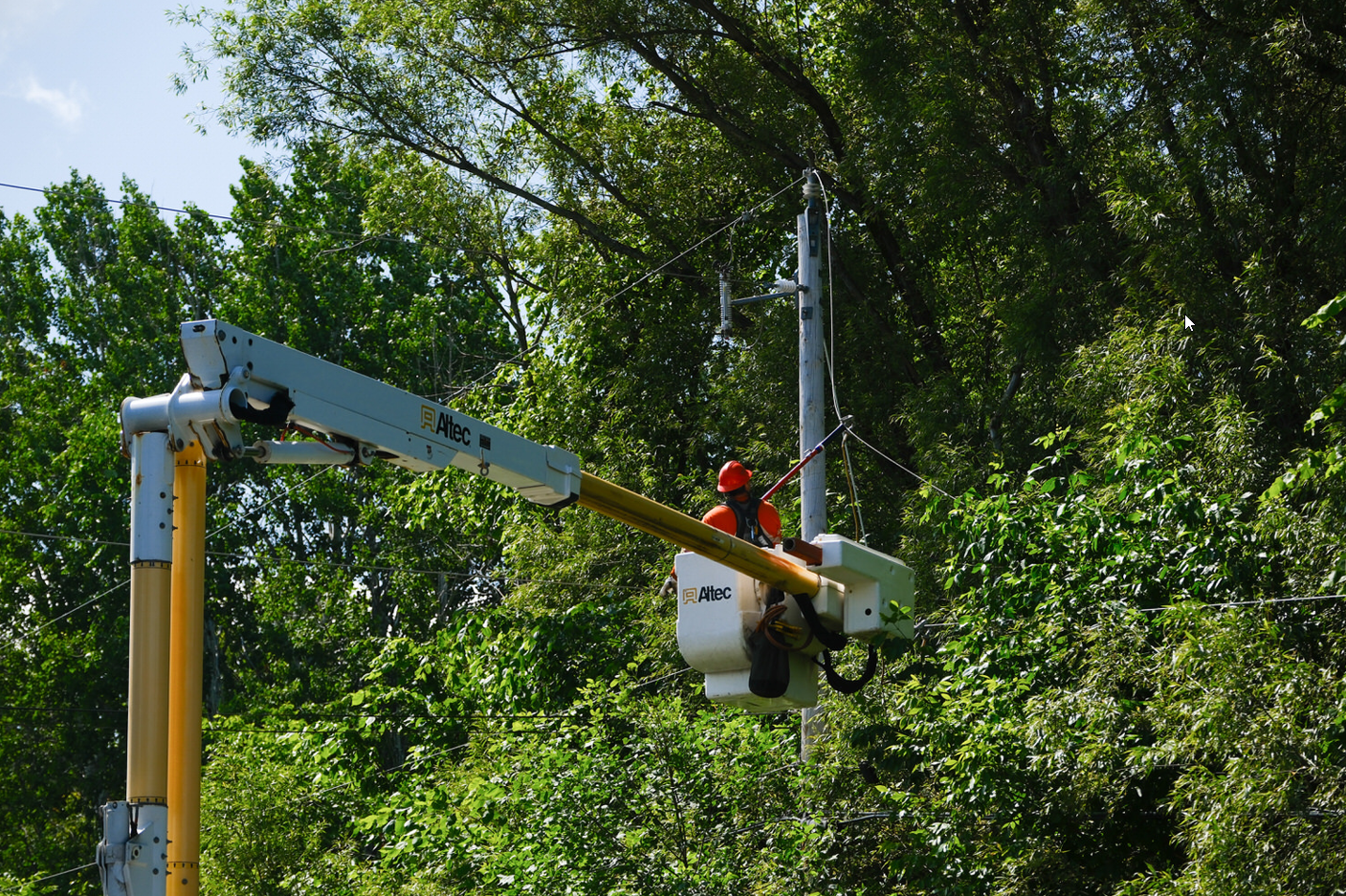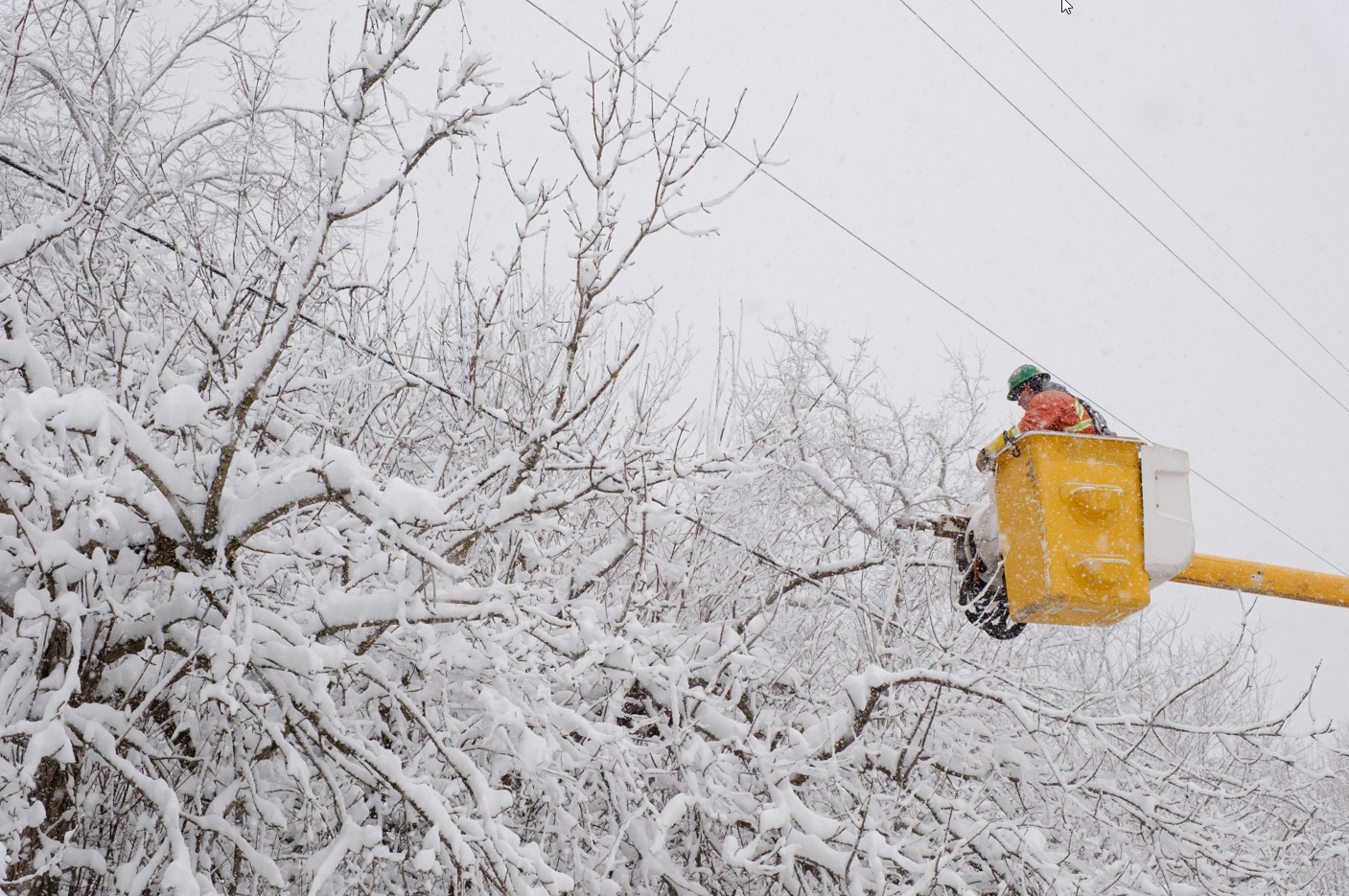It might sound like a military operation or a scene from a Mission: Impossible movie, but identifying high-risk areas for critical infrastructure in Ottawa using satellite and infrared technology is actually part of our surprisingly high-tech vegetation management 'defence' program.
Mission: Growth protocol
In 2022, Hydro Ottawa partnered with Overstory, an AI-powered vegetation intelligence software company that helps utilities minimize the risk of wildfires and power outages. Just days after this partnership launched, Ottawa was hit by the May 2022 derecho storm that brought winds up to 190 km/hr to the capital. This devastating storm caused unprecedented damage to Ottawa’s urban forest and electrical infrastructure, surpassing the fallout from both the 1998 Ice Storm and the 2018 tornadoes.
The restoration effort was so massive an undertaking that it was the equivalent of doing four years worth of construction work and emergency repairs in 14 days. Further complicating matters were the many downed trees, branches tangled in overhead wires and fallen debris in customers’ backyards, as well as the labour-intensive work of replacing or repairing more than 500 hydro poles that were damaged across our 1,100 sq/km territory.

High-tech defence: AI, infrared and satellite intelligence
For a long time, Hydro Ottawa has had a tree trimming and vegetation maintenance program, which involves trimming 60,000 trees annually. However, despite these efforts, tree contact remains one of the leading causes of power outages during bad weather in the capital.
Weather impact on electrical infrastructure is being felt across the globe. According to Climate Central, the average annual number of weather-related power outages in the U.S.A. has increased by roughly 78 per cent between 2011-2021, compared to 2000-2010.
In the days and months that followed the derecho storm, it became clear that the vegetation intelligence gleaned from satellite imaging helped provide essential data and insights that we needed to understand the vegetation canopy more deeply than our previous methods allowed. This enhancement enabled a crucial shift, optimizing our trimming resources and costs by moving to a more proactive, risk-based approach for encroachment and hazard tree identification, essential for managing our grid in this new era of more frequent severe weather.
The advanced technology combines Artificial Intelligence (AI) with images from satellites, which allows for the creation of detailed maps of all the vegetation near our power lines and circuits. We also factor in crucial local information, like where our equipment is, potential risks, and the local terrain. This vegetation intelligence has helped us build smart, more efficient plans to manage trees and plants, ensuring our customers get safe and reliable power with fewer interruptions.

Mission: Deadwood reckoning
The system scans Ottawa’s electricity grid twice a year. It identifies high-risk areas by analyzing chlorophyll levels using the high-resolution satellite and aerial imaging. This imaging also includes near-infrared and shortwave infrared bands, which help monitor vegetation across the electrical grid. This data is processed using advanced machine learning models to assess vegetation health, pinpoint high-risk zones, and flag declining trees long before any visible signs of decay appear.
Rather than relying on a fixed trimming schedule, we can now detect subtle signs of stress, such as chlorophyll loss due to pests, drought, or extreme weather, and then proactively target only the areas that need attention. This technological advancement facilitates a strategic shift from reactive, unplanned emergency work to proactive, planned maintenance, which helps us avoid future unplanned costs. This risk-based approach not only improves grid reliability and reduces outages but also helps us respond more precisely to evolving environmental pressures, optimizing both cost and ecological impact.

Using cutting-edge technology and post-derecho trimming efforts, Hydro Ottawa has significantly reduced power outages caused by tree-contact. Outages have dropped 44 per cent as of 2024, compared to the two-year average before the May 2022 derecho event.
Beyond monitoring outages as a result of tree contact, the advanced system is reducing the overall network risk to our electrical network. Year over year, the data driven approach has helped us decrease high-priority spans (areas where encroaching vegetation posed a significant threat to our infrastructure) by 18 per cent and medium-priority spans by 14 per cent. Even better, the number of clear-spans (those with no apparent vegetation risk) has increased by an impressive 27 per cent.

Future mission: Possible
It's clear that our "Mission: Possible" approach to vegetation management is paying off. What once seemed like future-tech - leveraging AI, satellite imagery, and infrared technology - has become a vital part of Hydro Ottawa's operations. This isn't just about trimming trees; it's a powerful new layer of intelligence, allowing us to proactively protect our urban forest and, in turn, our city’s power supply.
By moving from a reactive approach to one driven by cutting-edge intelligence, we're reducing outages and building a more resilient and reliable electricity grid for Ottawa's future. You can count on us to continue innovating, ensuring safe and consistent power for many years to come, no matter what challenges Mother Nature sends our way.